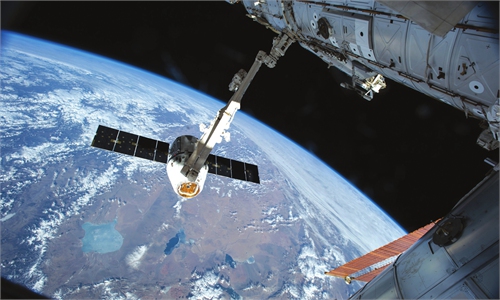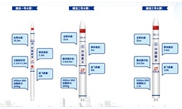China completes first seaborne hot launch with carrier rocket sending 14 satellites to orbit
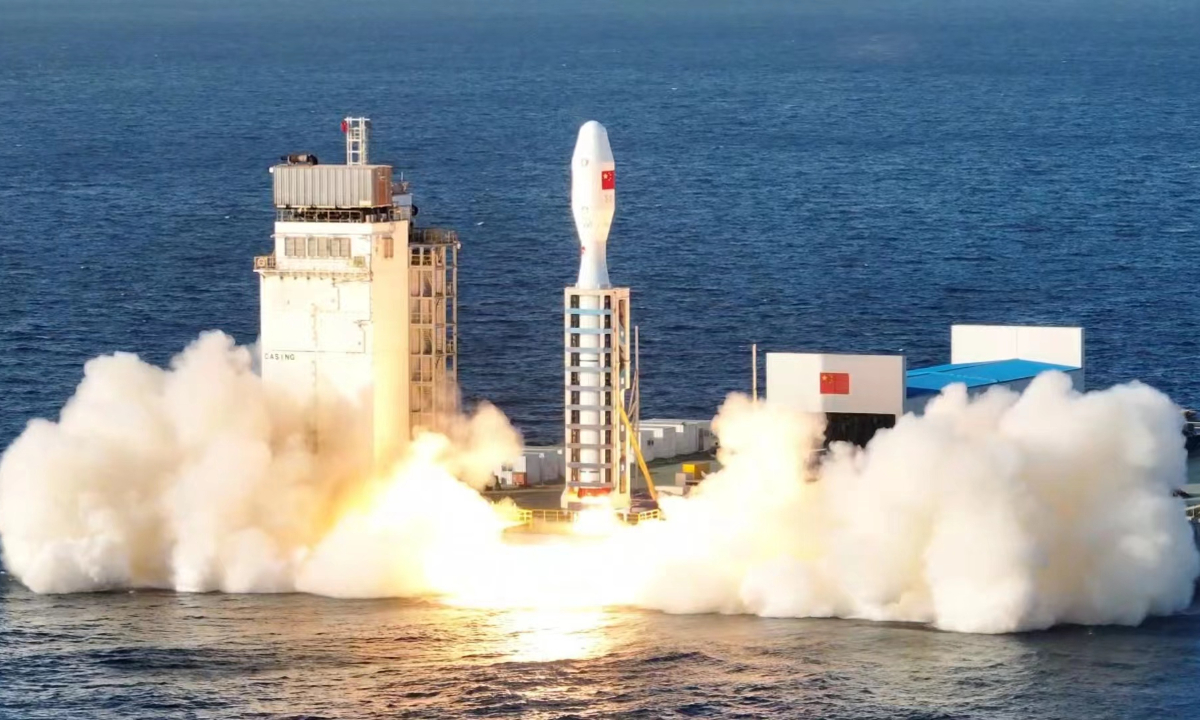
The Smart Dragon-3, or Jielong-3, makes a successful maiden flight on December 9, 2022, from waters of the Yellow Sea, sending 14 satellites precisely into their designated orbit. Photo: courtesy of China Academy of Launch Vehicle Technology
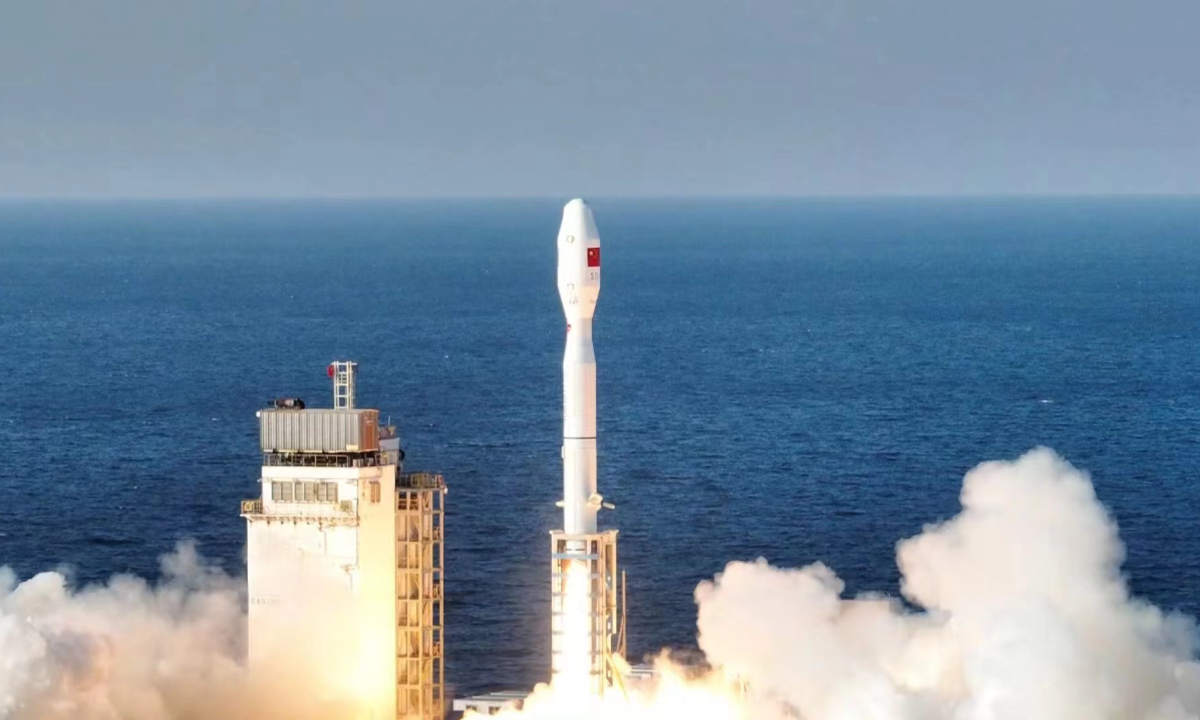
The Smart Dragon-3, or Jielong-3, makes a successful maiden flight on December 9, 2022, from waters of the Yellow Sea, sending 14 satellites precisely into their designated orbit. Photo: courtesy of China Academy of Launch Vehicle Technology
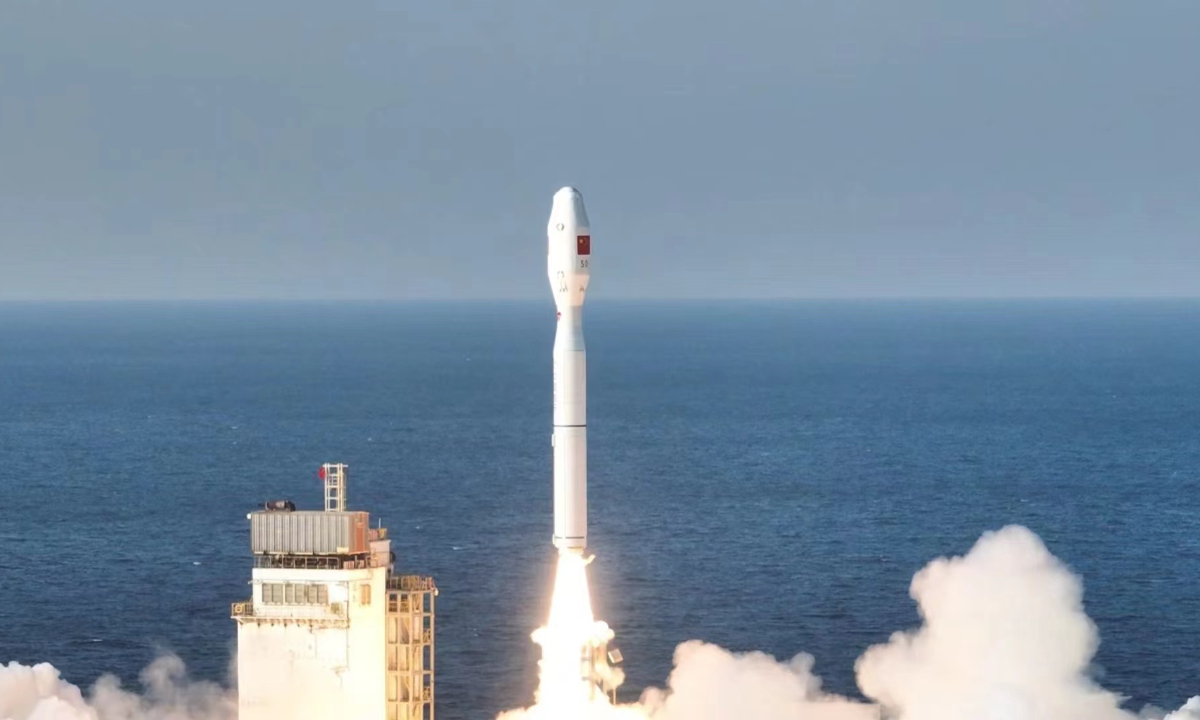
The Smart Dragon-3, or Jielong-3, makes a successful maiden flight on December 9, 2022, from waters of the Yellow Sea, sending 14 satellites precisely into their designated orbit. Photo: courtesy of China Academy of Launch Vehicle Technology
China’s commercial carrier rockets have welcomed a new member to the family, after the Smart Dragon-3, or Jielong-3, made its successful maiden flight on Friday from the waters of the Yellow Sea, sending 14 satellites precisely into their designated orbit. Its debut further expanded the spectrum of China's launch vehicles and marked the country’s first hot seaborne launch, filling multiple technical gaps in China’s domestic aerospace industry.
The vehicle, developed and manufactured by the state-owned China Academy of Launch Vehicle Technology (CALT), is a four-stage solid-propellant carrier rocket with a total length of about 31 meters and a diameter of up to 2.65 meters. It weighs about 140 tons.
Smart Dragon-3 is capable of sending a 1.5-ton payload to the 500-kilometer Sun-synchronous orbit, has a larger nose cone with a diameter of 3.35 meters that provides more space for payloads and diversified launch modes, and is more cost-efficient, the Global Times learned on Thursday from CALT.
Based in China Dongfang Spacecraft Launch Port in Haiyang, East China’s Shandong Province, developers integrated the manufacture, assembly and launch of the Smart Dragon-3, significantly shortening the launch process and improving efficiency.
CALT added that it is a highly reliable launch vehicle fitted with facilities that support both land- and sea-based launches to meet future demand for rapid satellite constellations, and is capable of completing technical preparations and satellitelaunch within just one week.
The rollout of the vehicle will reduce payload costs to $10,000 per kilogram, said Jiang Jie, a CALT rocket expert and academician of the Chinese Academy of Sciences, highlighting the model's strong market competitiveness.
Seaborne launches in China have historically been cold launches, which use a booster powered by compressed air, steam or gas to launch the vehicle to a certain altitude before starting the rocket engine, experts said. This time, Smart Dragon-3 propelled itself out of the launching cell using its own engine, which eliminates the need for a separate system to eject the vehicle from the launching tube.
“Cold launches will have little impact on the ship’s hull as vehicles are ignited in the air. However, this mode is more complicated and the launching tube is customized for only one type of rocket. Hot launches, however, have simpler launching cells and are capable of rapid launches, so they can realize multiple launches in one trip,” Wang Ya’nan, chief editor of Beijing-based Aerospace Knowledge magazine, told the Global Times on Friday.
While the extreme heat during hot launches will cause some damage to equipment onboard the ship, China has developed the ability to minimize this impact, for example, through temperature-resistant treatment for the ship or by diverting the gas produced during the rocket ignition to the side and then emitting it outside, Wang explained.
Moving forward, CALT is planning to send an even larger solid-propellant carrier rocket, the Smart Dragon-4, with a payload capacity of 2.5 tons to the Sun-synchronous orbit.
Seaborne launches will be further upgraded, as more professional vessels for rocket launches are being constructed at China Dongfang Spacecraft Launch Port with the aim of realizing multiple launches in a single trip.
Researchers are also studying the feasibility of building a fixed launching platform on the sea, further lowering the requirements for sea-based launches, and increasing cost-efficiency and flexibility.
Among the 14 satellites sent into orbit during Friday’s mission was Torch-1, China's first space life science experimental satellite for commercial spaceflight. It was developed by private firm Rocket Pi, and will carry out observations on microbial growth in microgravity conditions in the food industry, the Global Times learned from the company.


